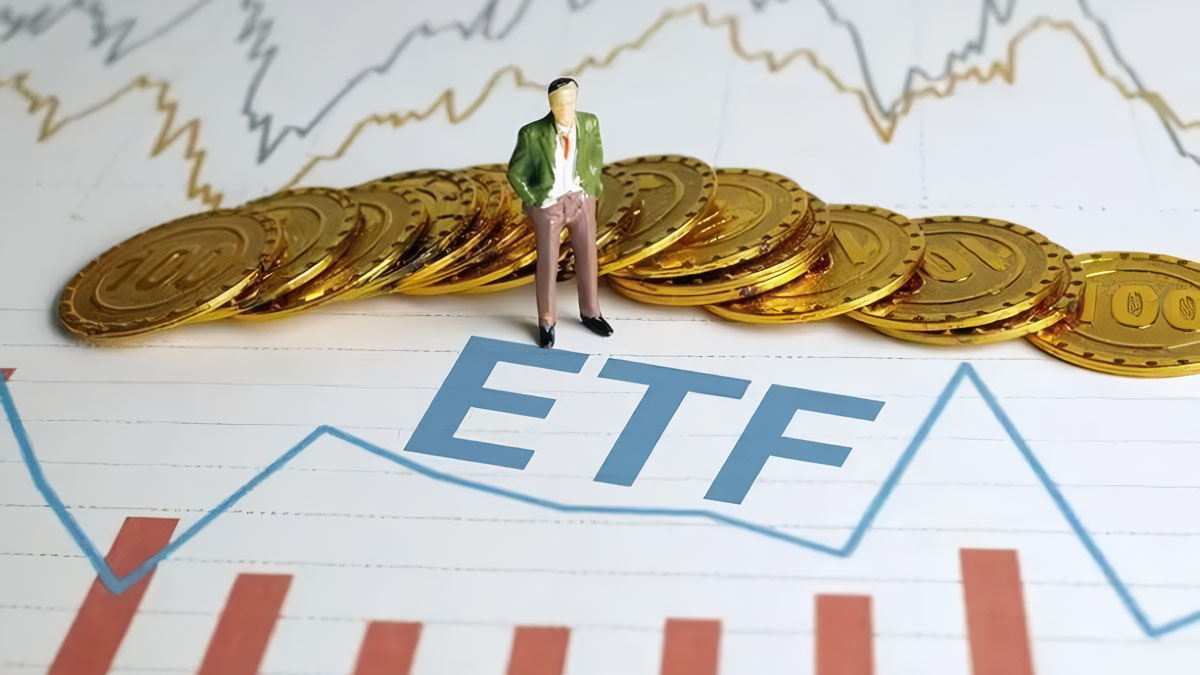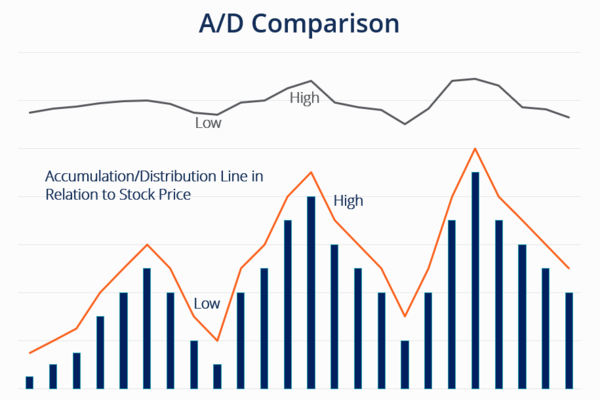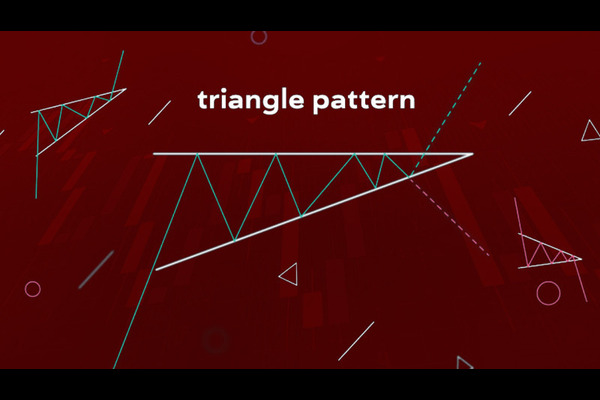अपनी भाषा का चयन करें
 सारांश:
सारांश:
ETF, बदलावों में सूचीबद्ध, उच्च लाइक्विडिटी और उच्च व्यापारित करें. LOFs विशेषता फ्लैक्सिबल सबस्क्रिप्शन और विकास.
ETF, or exchange-traded fund, is a common type of fund, while LOF, or listed open-end fund, is somewhat similar to it. They play an important role in the investment market, each with its own unique characteristics and advantages. This article will delve into the connection and difference between ETF funds and LOF funds to help investors better understand their characteristics and applicable scenarios.

What is an ETF?
The full name of an ETF is "Exchange Traded Fund". The name is already quite straightforward, and the meaning can be understood literally. The most important feature of ETFs is that they can be traded freely with other investors on exchanges, unlike most open-ended funds. Under normal circumstances, open-end funds can only be purchased or redeemed through fund companies but cannot be freely traded in the secondary market. But ETFs can be bought and sold on exchanges like stocks, making investing easier.
Etfs are not limited to tracking index funds; they can also be active funds. In the domestic and international markets, most ETFs are index funds, and as such, ETFs are generally considered to be tradable index funds.
Etfs can only be traded or redeemed on exchanges, and investors who want to invest in ETFs first need to open a stock account with a securities company. However, in order to satisfy investors who do not have brokerage accounts, many ETF funds have a corresponding over-the-counter linked fund. These connected funds, which can be subscribed to and redeemed through banks and online marketing platforms, typically invest in the same underlying assets as ETFs, namely the fund's stock holdings.
Etfs and ETF-linked funds are consistent in terms of management fees, which typically include management fees and custodian fees. The difference is that ETFs need to pay a certain transaction fee when trading, which is usually around 0.15%, and some brokerages can even reduce it to 0.1%. The purchase and redemption costs of ETF-linked funds are specified by the company and need to be checked in detail.
There are also differences in subscription and redemption fees between Class A and Class C of the same fund. The price of an ETF changes in real time, and the transaction price is determined by the market price at that time, while the price of an ETF-linked fund is based on the final net value after the close of trading every day.
What is an LOF fund?
The full name of LOF is "Listed Open-End Fund", that is, listed open-end fund. A LOF fund is an open fund with unique characteristics of subscription and redemption. Unlike ETFs, LOF funds can be subscribed to and redeemed on the exchange as well as over-the-counter. In addition, the LOF fund also supports the conversion of shares between the field and the field, which is a flexible feature.
Different from ETF funds, domestic LOF funds have both index funds and active funds, and investors can choose different types of LOF funds that suit their needs, including index tracking and active management.
The link between ETF and LOF funds
Fund structure
Both ETFs and LOFs have an open-end fund structure, which means they can constantly issue new shares as investors demand them. Investors can buy shares of these funds according to their own investment objectives and needs.
Portfolio diversity
Etfs and LOFs are pooled funds that pool investors' money to buy many different types of assets, such as stocks, bonds, commodities, and more. This gives investors access to portfolio diversity and reduces risk.
Open trade
निवेशक एक्सचेंज में सूचीबद्ध ई. टी. एफ. एस. और एल. ओफ़ फंड में ओपन एंड बेच सकते हैं, जिसका अर्थ है कि उन्हें फंड कंपनी की मोचन अवधि के अधीन किए बिना बाजार में भी खरीदा और बेचा जा सकता है।
नेट परिसंपत्ति मूल्य (एनएवी)
ETF और LOFS दोनों नियमित रूप से अपने निधियों का निवल आस्ति मूल्य (एनएवी) प्रकाशित करते हैं और निवेशक एनएवी का उपयोग निधि के निवल मूल्य को समझने और निर्णय लेने के लिए कर सकते हैं।
पेशेवर प्रबंधन
निधियों का प्रबंधन व्यावसायिक निधि प्रबंधकों द्वारा किया जाता है, जो निधियों के पोर्टफोलियो प्रबंधन और संचालन के लिए उत्तरदायी होते हैं.
एटफ़ फंड और एलओएफ फंड के बीच का अंतर
लेनदेन विधि
ETF शेयरों की तरह एक शेयर बाजार में सूचीबद्ध और व्यापार किया जा सकता है.निवेशक बाजार आदेशों या सीमित आदेशों के माध्यम से एक्सचेंज पर खरीद और बेच सकते हैं और ट्रेडिंग के घंटे प्रतिभूति बाजार के अनुरूप हैं।एलओएफ फंड्स किसी एक्सचेंज पर सूचीबद्ध नहीं होता है लेकिन निधि प्रबंधन कंपनियों के माध्यम से इसे खरीदा और भुनाया जाता है, जिनके लिए निधि कंपनी को सदस्यता और मोचन अनुरोध करने की आवश्यकता होती है और आमतौर पर इसकी कीमत दिन के निवल मूल्य पर आधारित होती है।
मूल्य निर्धारण विधि
ईटीएफ की कीमत बाजार आपूर्ति तथा मांग, अर्थात बाजार मूल्य कारोबार द्वारा निर्धारित की जाती है इसलिए इसकी कीमत पर कुछ प्रीमियम अथवा छूट दी जाती है।एलओएफ की कीमत सामान्यतः निधि के निवल मूल्य के बराबर होती है क्योंकि इसका अभिदान और मोचन मूल्य उस दिन निधि के निवल मूल्य पर आधारित निर्धारित किया जाता है और इसमें कोई प्रीमियम या छूट नहीं होती है।
सब्सक्रिप्शन क्रियाविधि अलग है।
एक महत्वपूर्ण अंतर यह है कि ETF शेयरों के अधिग्रहण या रिडीम के लिए भौतिक अभिदान और मोचन का प्रयोग करता है।एलओएफ निधि नकद सदस्यता और मोचन की खपत करता है और नकदी के साथ सीधे खरीद या रिडीम के शेयरों का उपयोग करता है।इससे ई. टी. एफ. निधि को फर्श पर खरीदने के लिए अपेक्षाकृत अधिक ऊंचाई पर पहुंच गई है, जिसके लिए आम तौर पर हजारों की शुरूआत की जाती है और संस्थागत निवेशकों के लिए यह अधिक उपयुक्त है।एलओएफ फंड की कम खरीद सीमा है, जो सामान्य निवेशकों के लिए उपयुक्त है।
मोचन के विभिन्न स्थानों
एलओएफ फंड्स, ऑन-एण्ड ऑफ़ मार्केट क्रय और मोचन दोनों में ही सपोर्ट करता है, जबकि एटीएफ फंड्स को केवल बाजार में खरीदा और बेचा जा सकता है और उसे खरीद और मोचन के लिए तत्संबंधी ऑफयदि ईटीएफ के पास काउंटर पर काउंटर से सहबद्ध कोई निधि नहीं है तो निवेशक काउंटर पर एक्सचेंज पर निवेश नहीं कर पाएंगे।
विभिन्न निधि प्रकार
यद्यपि ETF अधिकांश भाग के लिए सक्रिय राशि भी हो सकती है, फिर भी वे इंडेक्स फंड मात्र हैं।इसके विपरीत, एलओएफ फंड में सूचकांक और सक्रिय दोनों फंड शामिल हैं, जो अधिक विकल्प प्रदान करते हैं।
निवेशकों के संपत्ति आवंटन में विविधता लाने के लिए एक्सचेंज फंड और एलओएफ दोनों ही निधि हैं।निधि निधि और एलओएफ फंड्स के बीच का संबंध और अंतर समझने के बाद निवेशकों को अपने निवेश उद्देश्य, भूख का जोखिम और जरूरत के अनुसार ईटीएफ या एलओएफ का चयन करने के लिए बुद्धिमान निर्णय लेने चाहिए।उनकी विशेषताओं और मतभेदों को समझना, पोर्टफोलियो की बेहतर योजना और प्रबंधन के लिए निवेश के निर्णय लेने की दिशा में एक महत्वपूर्ण कदम है।
अस्वीकरण: यह सामग्री केवल आम जानकारी के उद्देश्य से है (और इसे वित्तीय, निवेश या अन्य सलाह के रूप में नहीं माना जाना चाहिए) जिस पर निर्भरता को रखा जाना चाहिए.सामग्री में दी गई कोई राय ई बी सी या लेखक की सिफारिश नहीं है कि कोई विशेष निवेश, सुरक्षा, लेनदेन या निवेश की रणनीति किसी विशेष व्यक्ति के लिए उपयुक्त है.

प्रमुख अवधारणाओं और शुरुआती-अनुकूल वायदा व्यापार रणनीतियों का अन्वेषण करें जो आपको जोखिम प्रबंधन और अपने व्यापार कौशल को बढ़ाने में मदद करते हैं।
2025-04-18
संचय वितरण रेखा, मूल्य और मात्रा को मिलाकर खरीद और बिक्री के दबाव पर नज़र रखती है, जिससे व्यापारियों को रुझानों की पुष्टि करने और उलटफेर का पता लगाने में मदद मिलती है।
2025-04-18
पांच सबसे महत्वपूर्ण त्रिभुज चार्ट पैटर्न को जानें जिनका उपयोग व्यापारी आत्मविश्वास के साथ ब्रेकआउट, प्रवृत्ति निरंतरता और बाजार समेकन की पहचान करने के लिए करते हैं।
2025-04-18